Kuldhara: The Abandoned Village of Thar Desert
The mysterious ghost village
While a visit to the bustling Jaisalmer Fort is essential for all travellers to Jaisalmer, its long history and culture have left many other echoes of its rich and turbulent past. One particularly haunting one is Kuldhara, an abandoned ancient village with a mysterious past, located in the sand dunes of the Jaisalmer desert in Rajasthan, India.
Until the early 1800s, Kuldhara (or ‘Khuldhara’) was a prosperous village. But legend says that after some unfathomable tragedy, the town was abandoned overnight. We do not know the reason for the mass exodus, but since then no one has been able to settle there. Both the history and the many stories of how a town of almost a thousand residents simply vanished, make it an enduring mystery.
History of Kuldhara Village Jaisalmer
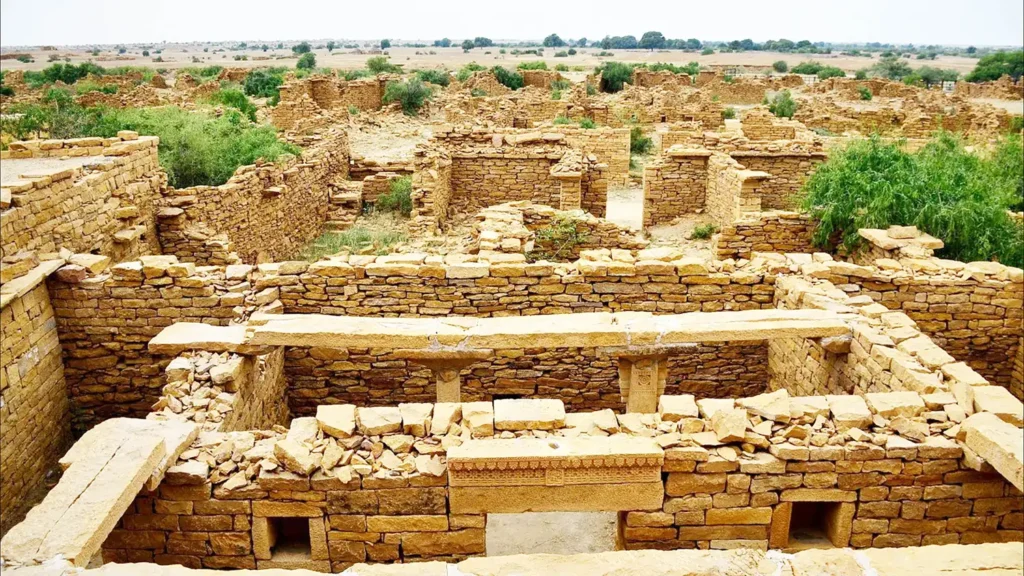
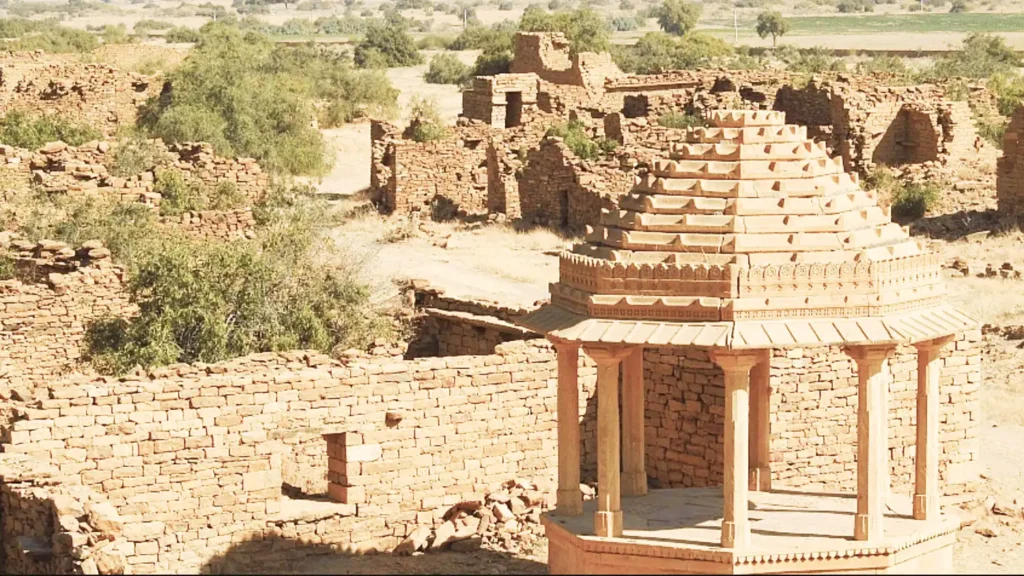
Kuldhara’s origins
Kuldhara Village was established around the 13th century by the Paliwal Brahmins, a prosperous community of farmers and traders who migrated from Pali. They developed a unique system of irrigation and farming which allowed them to grow crops in the arid desert, and built prosperous settlements with many beautiful temples and open houses.
However, despite their flourishing community, in the early 19th century the entire population suddenly abandoned Kuldhara village and the neighbouring villages for unknown reasons. Why the community abandoned Kuldhara is a mystery. But the village remains barren to this day with only local stories to explain why.
The legend of Kuldhara village
The locals tell of how a dark chapter unfolded in the early 19th century, when Salim Singh, the powerful and debauched prime minister of the state, known for his immoral and unscrupulous revenue-collecting methods, developed an illicit desire for the daughter of the village head. Determined to have her, he threatened the villagers with grave consequences if they dared to oppose him.
Unwilling to submit to his demands and fearing his wrath, the entire village fled one dark night, leaving behind their homes and possessions. The legend claims that while deserting the village, the Paliwals in their grief and anger cast a curse upon their once-beloved home, that no one would be able to re-occupy the abandoned village.



Ever since then, anyone who tried to repopulate the village experienced great afflictions and as a result, Kuldhara remains an uninhabited ghost village to this day.
The eerie atmosphere of the haunted village of Kuldhara has given rise to numerous tales of paranormal activity. Visitors have reported hearing whispers, feeling sudden chills and angry eyes on their backs. Some claim to have seen shadowy figures and other inexplicable paranormal activities within the village. Locals claim the Kuldhara houses and desolate streets come alive with eerie energy after sunset at night. Some believe that the spirits of the departed still linger, guarding their cursed land.
The other calamities


While the legend is deeply embedded in local stories, historians and others have proposed several other potential reasons why the village of Kuldhara was deserted. In 1815, British officer James Todd recorded the population at 800 based on information from “the best-informed natives”. This was down from an estimated 1500 in the 17th-18th century, suggesting the Paliwals had already started leaving their ancestral homes.
Some scientists claim there is evidence in the pattern of destruction of the buildings that Kuldhara village was abandoned due to earthquake damage, forcing the villagers to relocate.
Lack of water is also suggested as a plausible reason for desertion. The arid landscape of Thar desert is challenging. The Paliwal Brahmin community who lived there were recognised for their agricultural expertise in the arid desert region, which allowed them to cultivate crops and maintain a prosperous society, notwithstanding the challenges of the desert. However, the region is subject to droughts and changing weather conditions, which is likely to have been a factor.
Another story is that the cruel Prime Minister Salim Singh raised taxes to a level that was unsustainable in the harsh natural conditions, and this drove the villagers to leave Kuldhara village in search of a better life.
Who was Salim Singh?
Salim Singh was a tyrant ruler of Jaisalmer in the early 19th century who imposed heavy taxes on the people of Jaisalmer. Accounts from that time support the likelihood that he was in some way responsible for the abandonment of Kuldhara. British officer James Tod, writing at around that time in his well known Annals and Antiquities of Rajasthan described the Diwan as a ‘rapacious’ ‘monster’ and said:
‘….the bankers of Jessulmér, supported by the capital of that singular class, the Palliwals, are spread all over India. But this rich community, amounting to five thousand families, are nearly all in voluntary exile, and the bankers fear to return to their native land with the fruits of their industry, which they would renounce for ever, but that he retains their family as hostages. Agriculture is almost unknown, and commerce, internal or external, has ceased through want of security. The sole revenue arises from confiscation.
Who were the Paliwal Brahmins?
The Paliwal Brahmins of Kuldhara were a community of Brahmins known as Paliwals who, legend says, originated from the union of a Brahmin and a Rajput princess, and were the descendants of Maharaj Haridas.
They were Vaishnavites, one of the major Hindu denominations, and they were recognized for their considerable agricultural expertise in the arid desert region, which allowed them to cultivate crops and maintain a prosperous society for centuries. They were also strong agricultural traders, which contributed to the prosperity of the village.
Kuldhara today

Whatever the reasons for its abandonment, Kuldhara village today is a desolate place. Yet despite this, Kuldhara stands as an interesting example of the culture and architecture of the local community of its era and is an important part of Rajasthan’s rich cultural heritage.
The crumbling temples, ruined houses, and layout of streets and infrastructure offer a glimpse into the prosperous village inhabited by the Paliwals who once lived there. Few people can walk through the ruins of the village and not feel the sadness and the weight of the village’s history and the lingering presence of those who once called this place home.
Recently, the Rajasthan government decided to take steps to restore and preserve the historical architecture of Kuldhara, and it is now a protected monument under the State Archaeology Department and the Archaeological Survey of India. Conservation efforts include stabilising structures and safeguarding the site from further deterioration. Visitor facilities and a folk dance performance area are planned. The ancient village is now a popular tourist spot and attracts tourists, photographers and moviemakers, drawn by its eerie reputation and legends.
What to see in Kuldhara
When visiting you will see that the Kuldhara township is centred around a temple of the mother goddess where the Paliwals held prayer. It had three long roads, cut through by a number of latitudinal narrow lanes. A city wall enclosed the village and can still be seen on the north and the south sides of the site. The eastern side of Kuldhara village faces the now dry river bed of the small Kakni river.
The various open houses were primarily constructed using bricks as the main material, with the yellow hue coming from the local mud and sandstone. The walls were thick and had small windows which provided insulation against the extreme temperatures. The floors were commonly plastered with cow dung and clay, and the roofs were made of wood. In bigger buildings large sandstones were stacked to form thick walls.





Visitors to the Kuldhara abandoned village can view the regressing buildings of the old town including:
- Residences: The remains of houses and cottages that were once home to the Paliwal Brahmins include around 410 buildings in the former village and a further 200 in the lower township on the outskirts of the village. The village’s unique architecture, interconnected houses, narrow lanes and shared courtyards, are evidence of the close-knit society that once flourished there.
- Temples: in particular a central temple dedicated to the mother goddess, Devi Hinglai, an incarnation of Mahishasur Mardini (a version of goddess Durga).
- Stepwells: essential for water storage and demonstrating the community’s engineering skills.
- Wide Roads and narrow lanes.
- Cremation Grounds: The ruins of three cremation grounds with several memorial stones (devalis or cenotaphs). The inscriptions at the site describe the inhabitants as Brahmin (“Vrahman” or “Vaman”) and the caste of the residents as “Kuldhar” or “Kaldhar”, which appears to be the origin of the village name.
Kuldhara in the movies
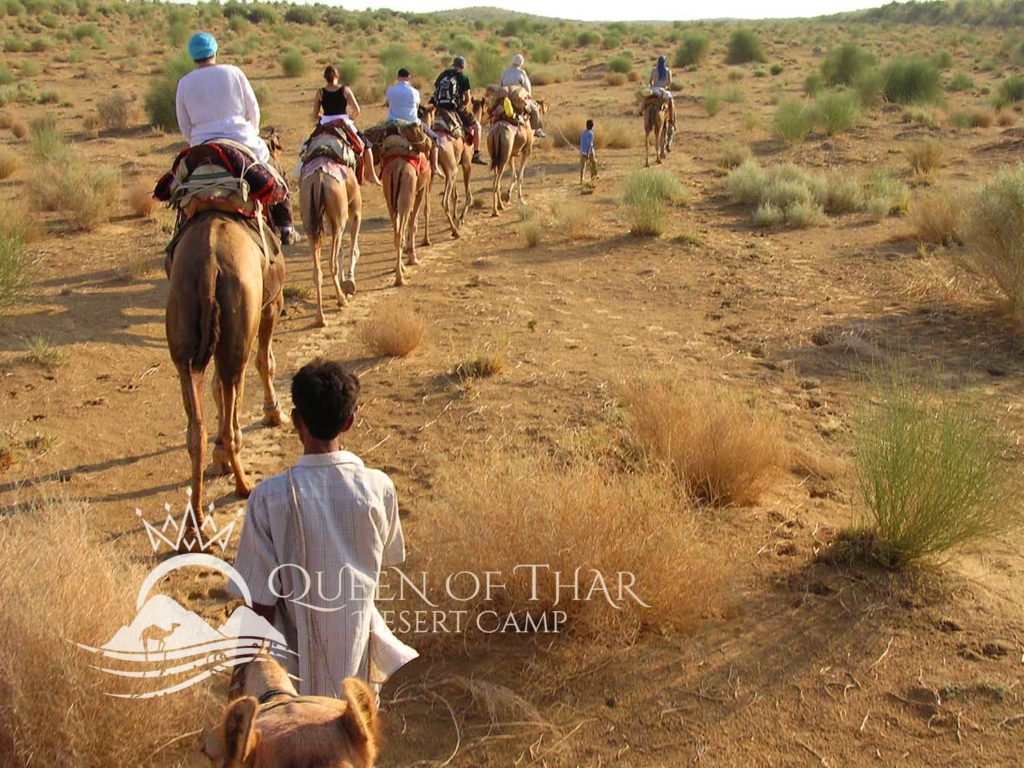
Notwithstanding that the inhabitants of Kuldhara village are long gone, the legend of the village lives on, not only in the hearts and minds of the locals but also on the screen. The legend and/or the ruins of the abandoned village have appeared in:
- Kaalo – The Desert Witch was a film released in 2010 that was based on folktales of the village, though the story takes a somewhat different turn. The movie tells the story of a witch who lived in ‘Kulbhata’ during the 18th century. In the movie, she was killed and buried by angry villagers for sacrificing young girl children to satisfy her greed for immortality.
- Agent Vinod: used Kuldhara village as a shooting location
- Nanak Shah Fakir: A film that explores the life and teachings of Guru Nanak Dev, the founder of Sikhism
- Bhoot Returns: A Bollywood horror movie directed by Ram Gopal Varma
- Fear Files: A Hindi horror television series that aired on Zee TV
- Haunted Weekends with Sunny Leone: A reality television show hosted by Sunny Leone
Entry timings and entry fees of Kuldhara Village Jaisalmer
At the time of writing, the entry fee for visiting Kuldhara village is around 20 rupees for Indians and maybe more for foreigners. The entry fees support the maintenance of the site.
Best time to visit Kuldhara Village Jaisalmer
The best time to visit Kuldhara’s abandoned village is during the winter from October to February. This is when Jaisalmer’s weather is pleasant and the sand in the desert around Jaisalmer is not too hot.
The weather in Thar Desert is fairly stable from day to day, but it is always wise to check the weather forecast before you travel and pack appropriate clothing and gear for the expected conditions.
During summer from April to September, the desert is sultry and dry and the temperature can soar up to 50°C. At this time, the desert can be exhausting for tourists and risks sunburn and sunstroke. Accordingly, the middle months of the year are not a good time to visit, particularly if you wish to go on a desert safari.
The best way to visit Kuldhara village
The best way to visit Kuldhara village is to stay overnight in a luxury desert camp near Sam Sand Dunes and visit Kuldhara as part of a camel or jeep safari from the camp.
Queen of Thar is one of the best desert camps in Jaisalmer. It is located right beside Sam Sand Dunes and it provides not only the opportunity to take a safari out to explore the Kuldhara village but also to explore the vast desert landscape and witness its breath-taking beauty, as well as explore the other must visit places in the Jaisalmer desert

Sam Sand Dunes are also an adventure lover’s paradise and allow enjoying plenty of other entertaining activities, like going on a camel safari, a dune bashing adventure, quad bike riding or camping out under the stars and star gazing.
Staying overnight in a luxury desert camp gives visitors the opportunity to do all these things and then return to comfortable accommodation in a desert camp in the evening, for delicious local food and cultural entertainment with music and dancing.
Queen of Thar is one of the best desert camps in Jaisalmer. As well as a variety of desert tours which include Kuldahara village and other activities, it offers a friendly and comfortable night’s accommodation as well as a captivating experience of Rajasthani desert culture and hospitality. You can read more about what’s on offer here.
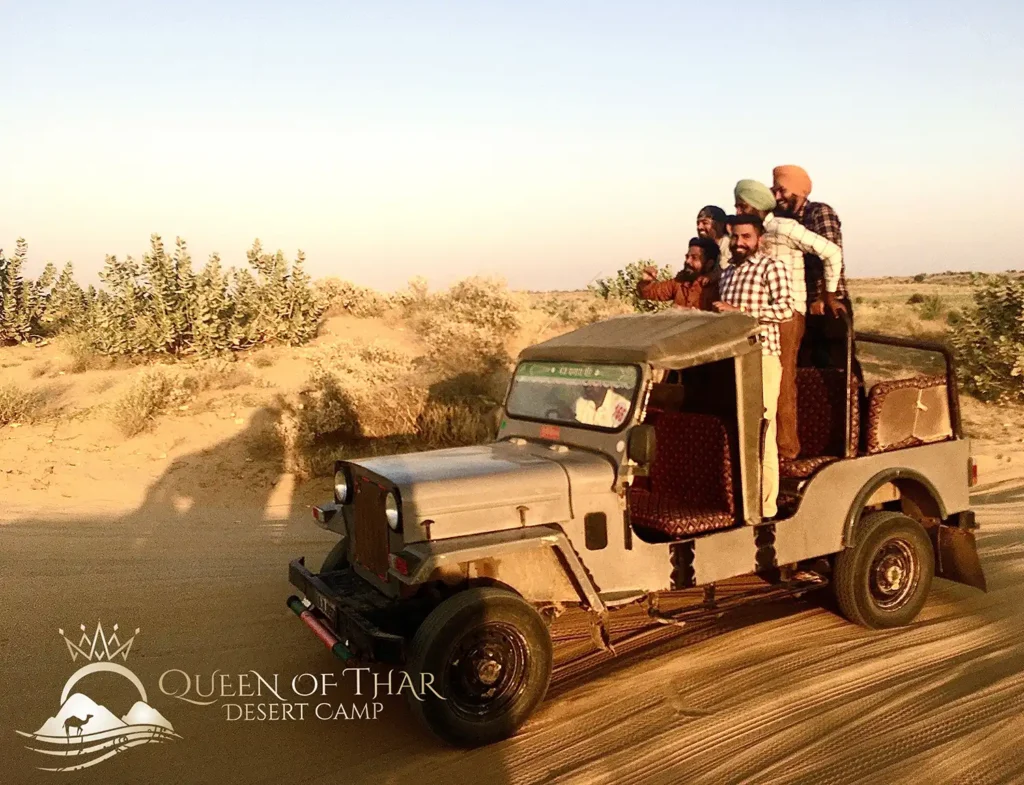

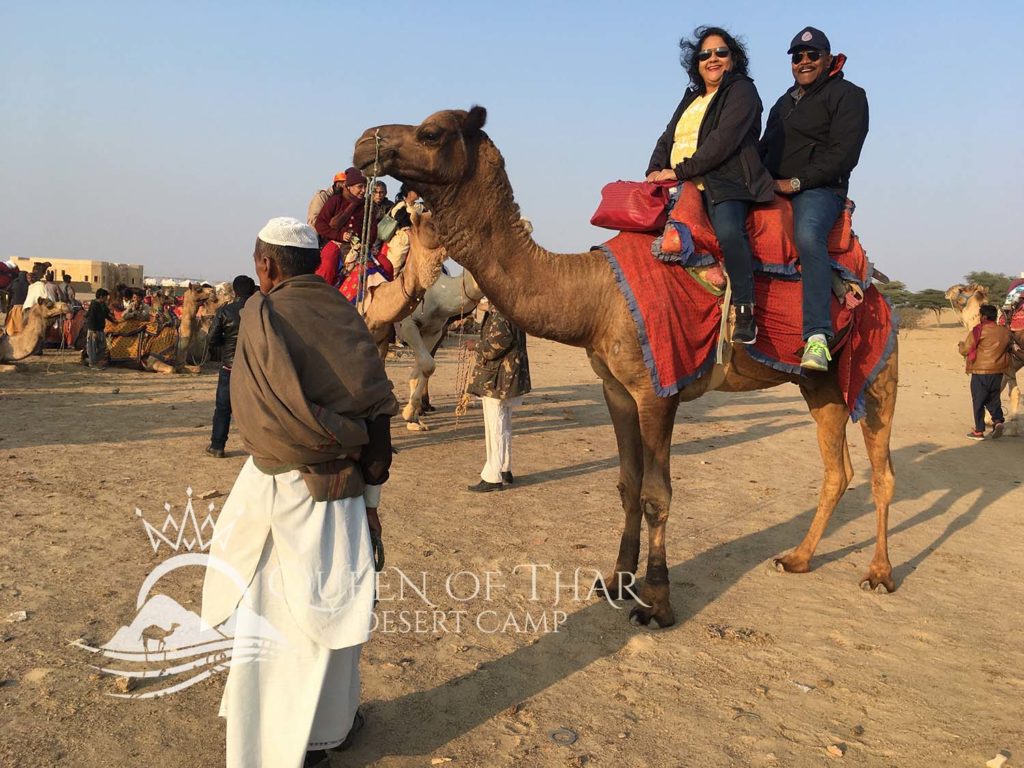
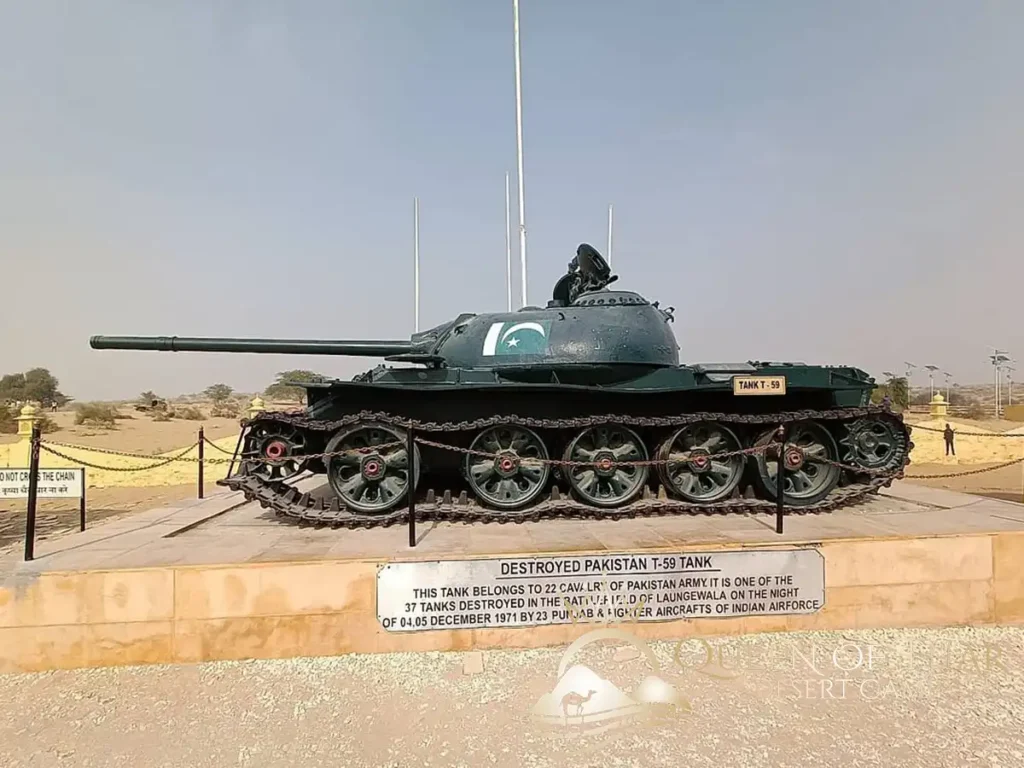
How to reach Kuldhara from Jaisalmer City
Kuldhara village is around 18 kilometres from Jaisalmer city, Rajasthan. If you are staying at a desert camp, you can arrange a tour as above, or you can reach Kuldhara by your own car or taxi from Jaisalmer City.
Jaisalmer itself is well connected by road, rail and air from major cities of India. During the October to February season, you can fly directly to Jaisalmer. At other times, you can take a flight to Jodhpur in Rajasthan and then you can hire a taxi or take a bus to reach Jaisalmer. Alternatively, you can take a train to Jaisalmer railway station.
Kuldhara: An Enigma
The vanishing village of Kuldhara remains an enduring mystery, captivating the imagination of all who visit. While the true reason for its abandonment may never be known, I believe all the theories probably play a part in the story, and that the essence of the legend is true.
The time of its abandonment was clearly a period of massive turbulence in Rajasthan. It is likely that the villagers were facing environmental hardships including a drought. There is little doubt that the evil Salim Singh was ruthless in imposing taxes and procuring for his comfort. The poor economic conditions, dwindling water supply and increased taxes, along with harassment from the harsh ruler’s officials probably made their situation unviable. The intended procurement of a village chief’s daughter may have been the last straw. We don’t know where they went after they left their ancestral homes after all those centuries, but we can only hope it was to greener pastures.
Whatever the case, the village’s rich history and architecture provide a window into the past and a glimpse of the challenges faced by the people who once called this place home many centuries ago.
Whether you’re a history buff, a paranormal enthusiast or simply curious about this intriguing corner of India, a visit to Kuldhara is an unforgettable experience that will leave you spellbound.
We may never know what truly happened to this mysterious village, but further exploration of its ghostly ruins may bring us one step closer to figuring it out.

© 2024 “Queen of Thar All rights reserved
